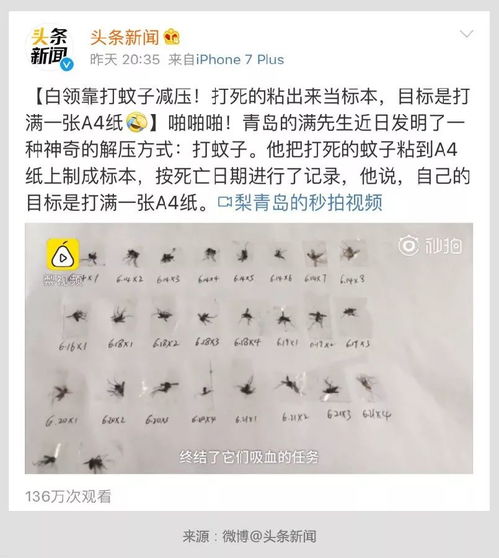
Understanding Bug Bites: Differences and Implications
Bug bites can be a common occurrence, but understanding the differences between them can be crucial in determining the appropriate response. Whether it’s a mosquito bite, a spider bite, or a bee sting, each type of bug bite has its own characteristics and implications. Let’s delve into the details to help you identify and manage these differences effectively.
Types of Bug Bites

There are several types of bug bites, each with its own unique features:
| Bug Bite | Common Causes | Appearance | Typical Symptoms |
|---|---|---|---|
| Mosquito Bite | Feeding on blood | Red, itchy bump | Itching, swelling, redness |
| Spider Bite | Defending itself | Red, raised bump | Severe pain, swelling, redness |
| Bee Sting | Defending itself | Red, swollen bump with a stinger | Pain, swelling, redness, itching |
As you can see from the table, each type of bug bite has distinct characteristics that can help you identify them.
Identifying Bug Bites

Identifying bug bites can be challenging, especially if you’re not familiar with the signs. Here are some tips to help you recognize the different types of bug bites:
- Mosquito Bite: Look for a small, red, itchy bump. The bite may be surrounded by a small red halo.
- Spider Bite: Look for a red, raised bump. The bite may be surrounded by a red halo, and you may feel severe pain and swelling.
- Bee Sting: Look for a red, swollen bump with a stinger. The sting may cause pain, swelling, redness, and itching.
Remember, some bug bites can be more serious than others, so it’s important to be able to identify them.
Managing Bug Bites

Once you’ve identified the type of bug bite, it’s important to manage it properly to prevent infection and alleviate symptoms. Here are some general tips for managing bug bites:
- Keep the area clean: Wash the bite with soap and water to prevent infection.
- Apply a cold compress: Place a cold compress on the bite to reduce swelling and itching.
- Use over-the-counter remedies: Apply hydrocortisone cream or calamine lotion to reduce itching and swelling.
- Avoid scratching: Scratching can lead to infection and further irritation.
In some cases, you may need to seek medical attention, especially if you have a severe allergic reaction or if the bite becomes infected. Signs of infection include increased pain, redness, swelling, and fever.
Preventing Bug Bites
The best way to deal with bug bites is to prevent them from happening in the first place. Here are some tips to help you avoid bug bites:
- Use insect repellent: Apply insect repellent containing DEET or picaridin to your skin and clothing.
- Wear protective clothing: Long sleeves and pants can help protect you from bug bites.
- Stay in well-lit areas: Bugs are more likely to bite in dark, damp places.
- Keep your home clean: Regularly clean your home to eliminate bug habitats.
By understanding the differences between bug bites and taking appropriate preventive measures, you can minimize your risk of experiencing these uncomfortable and sometimes dangerous situations.







